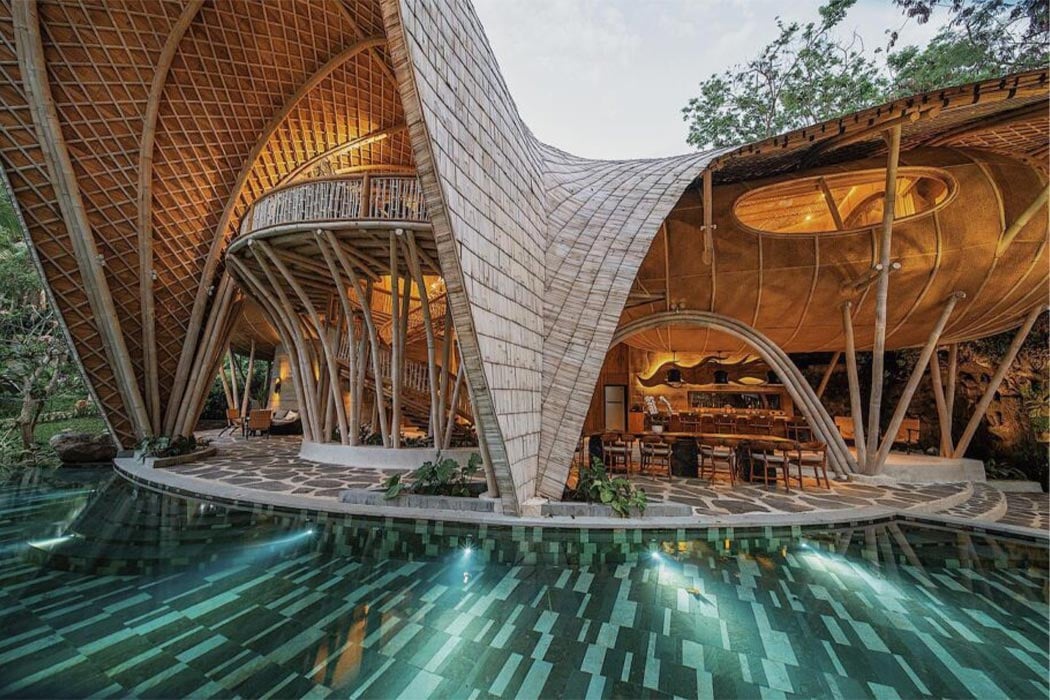Bamboo: A Versatile and Sustainable Choice
Bamboo is rapidly becoming a star in sustainable architecture. Its incredibly fast growth rate makes it a highly renewable resource, significantly reducing the environmental impact compared to slow-growing hardwoods. Beyond its rapid growth, bamboo boasts impressive strength-to-weight ratios, making it suitable for a variety of structural applications, from scaffolding to entire building frameworks. Its inherent flexibility also allows for creative design solutions, while its aesthetic appeal adds a touch of natural beauty to any project. However, sourcing sustainably harvested bamboo is crucial to avoid contributing to deforestation and ensuring the long-term viability of this remarkable material.
Reclaimed Wood: Giving Old Lumber New Life
Embracing reclaimed wood is a fantastic way to minimize deforestation and reduce waste. Old barns, demolished buildings, and even discarded pallets can be transformed into stunning architectural features. The unique character and patina of reclaimed wood add undeniable charm and a sense of history to a structure. The process of reclaiming and repurposing this wood often involves minimal processing, reducing the energy consumption associated with manufacturing new lumber. While it might require extra care and attention due to potential imperfections, the environmental and aesthetic benefits of reclaimed wood are substantial.

Hempcrete: A Sustainable Concrete Alternative
Hempcrete, a composite material made from hemp hurds (the woody core of the hemp plant) and a lime binder, is gaining traction as a truly sustainable building material. It offers excellent insulation properties, making buildings more energy-efficient and reducing reliance on heating and cooling systems. Hempcrete is also breathable, promoting a healthier indoor environment by regulating humidity levels. Its production is relatively low-impact, requiring less energy than traditional concrete production, and the hemp plant itself is a remarkably sustainable crop. However, its relatively new presence in the construction industry means finding skilled contractors experienced with hempcrete might still be a challenge.
Mycelium: The Future of Sustainable Building Blocks?
Mycelium, the root structure of mushrooms, is emerging as a truly innovative sustainable building material. Grown from agricultural waste, mycelium composites are lightweight, strong, and offer excellent insulation. The production process is remarkably low-impact, utilizing waste materials and requiring minimal energy. While still relatively new to the construction scene, mycelium-based building materials hold immense promise for a more sustainable future. However, further research and development are needed to optimize its performance and address potential challenges related to durability and scalability.
Cork: A Natural and Versatile Insulator
Cork, harvested from the bark of cork oak trees without harming the tree itself, is a remarkably versatile and sustainable material with excellent insulating properties. It’s lightweight, fire-resistant, and offers natural sound dampening qualities. It can be used in a variety of applications, from flooring and wall cladding to insulation panels. The renewable nature of cork and its minimal environmental impact make it an attractive choice for eco-conscious builders. Its natural aesthetic also adds a unique warmth and texture to any design.
Recycled and Upcycled Materials: Embracing Circularity
The concept of circularity is central to sustainable architecture, and embracing recycled and upcycled materials is key to achieving this. This includes utilizing materials such as recycled steel, aluminum, glass, and plastics in construction. By giving these materials a second life, we reduce the demand for virgin resources, minimize waste, and lessen the environmental burden of manufacturing new materials. The creative potential of upcycling is also significant, allowing architects to incorporate unique and unexpected elements into their designs. However, careful sourcing and quality control are crucial to ensure the structural integrity and performance of these recycled materials.
Sustainable Concrete: Reducing the Carbon Footprint of a Staple Material
Concrete, a ubiquitous material in construction, has a significant carbon footprint. However, advancements in sustainable concrete production are addressing this issue. The use of supplementary cementitious materials, such as fly ash and slag, can significantly reduce the carbon emissions associated with Portland cement. Incorporating recycled materials into concrete mixes also helps reduce environmental impact. Further research into low-carbon cement alternatives and innovative concrete formulations continues to push the boundaries of sustainable construction practices. Read also about sustainable building materials architecture.

